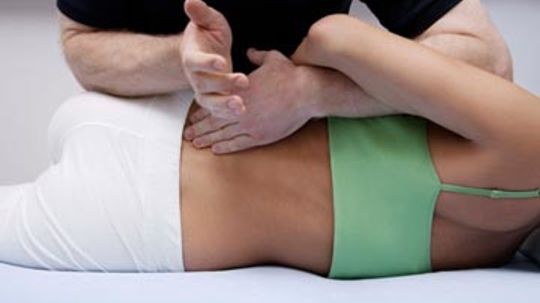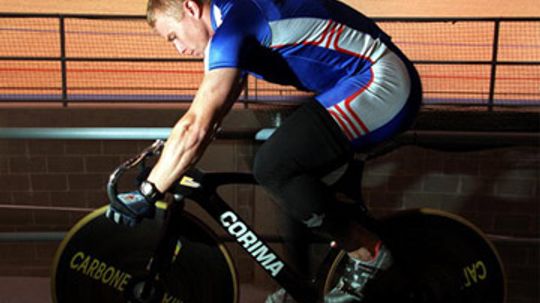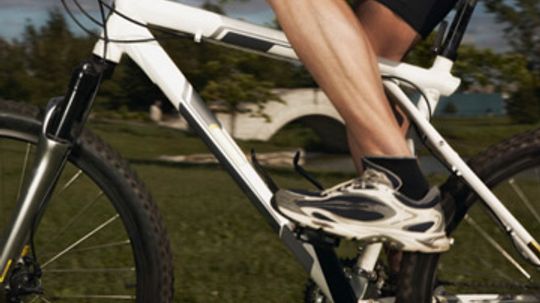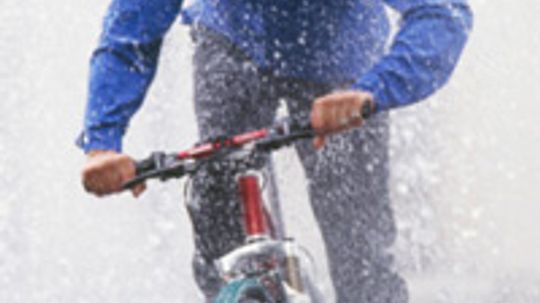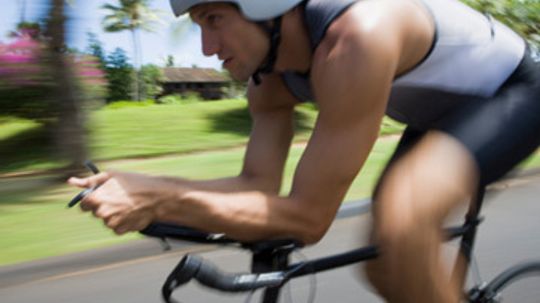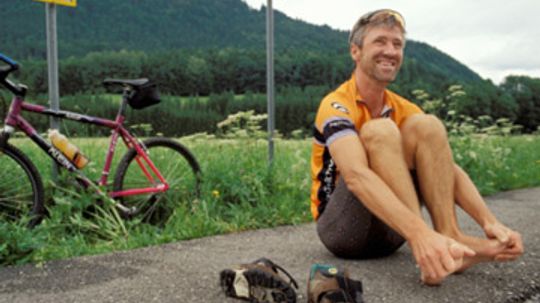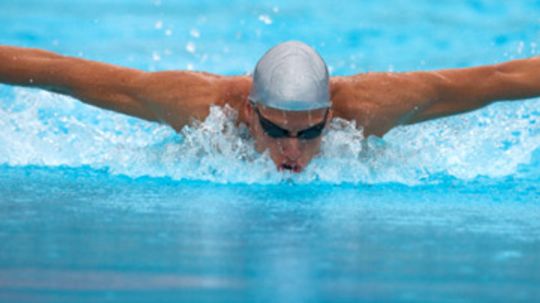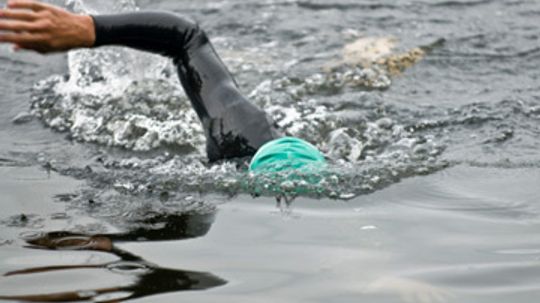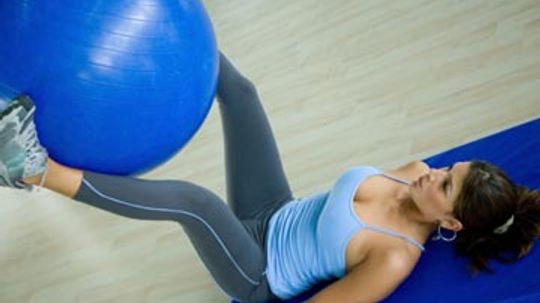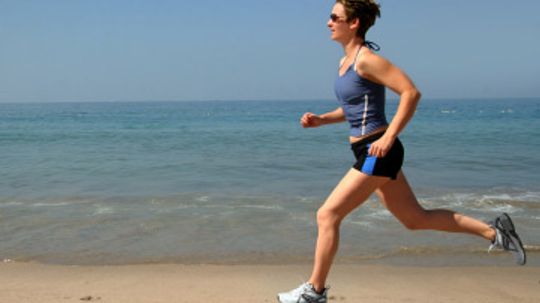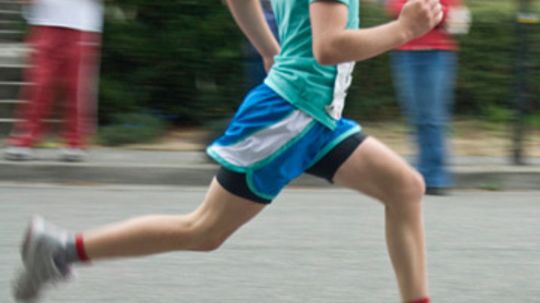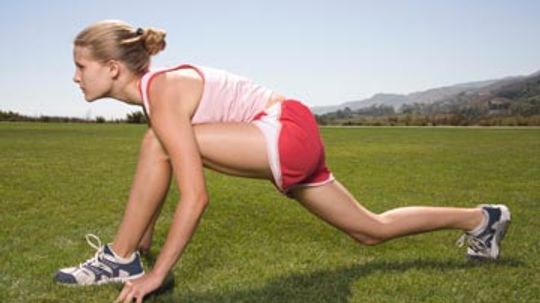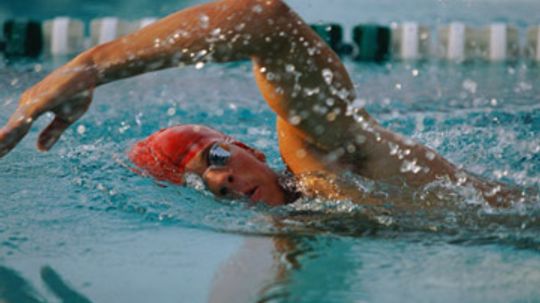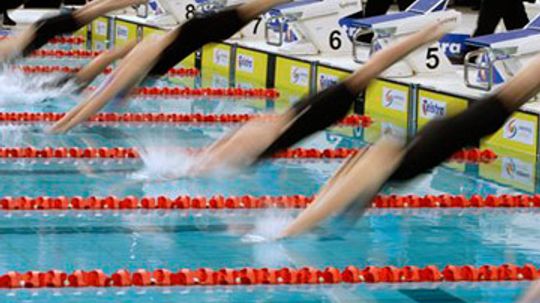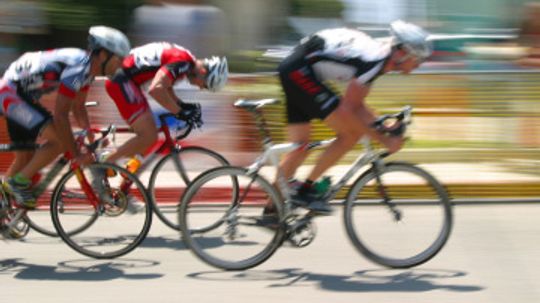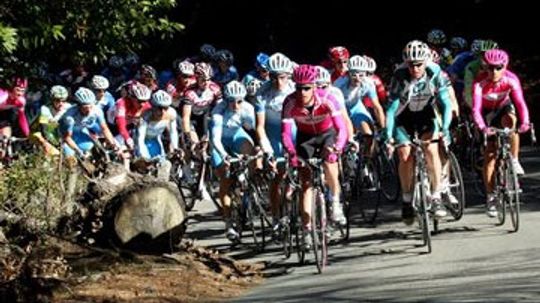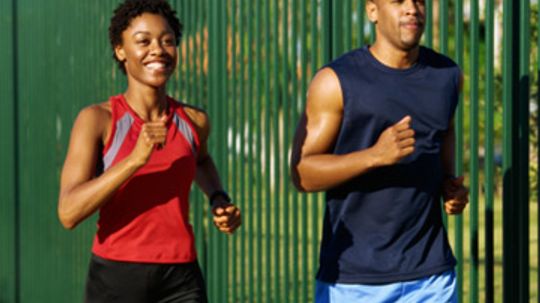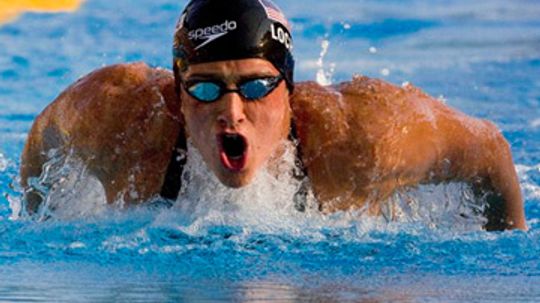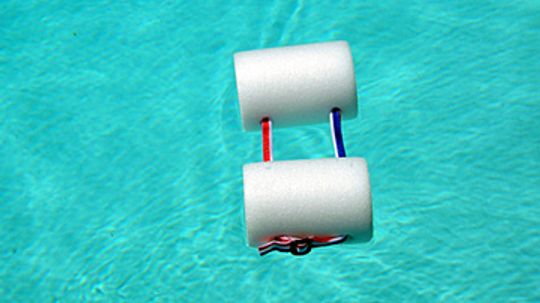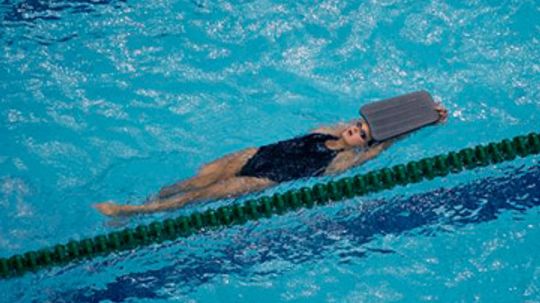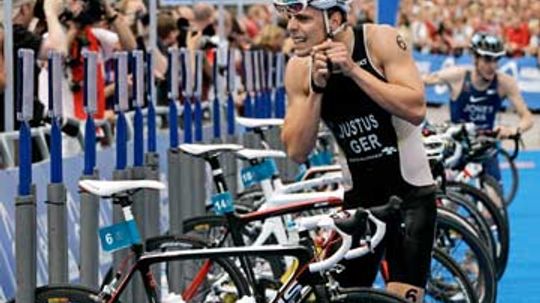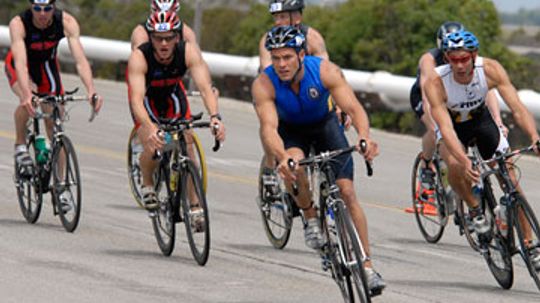Triathlon Training
Triathlon training is a long, difficult process that often lets you know whether or not you are up to the challenge. There are many types of triathlon training to suit each athlete's needs.
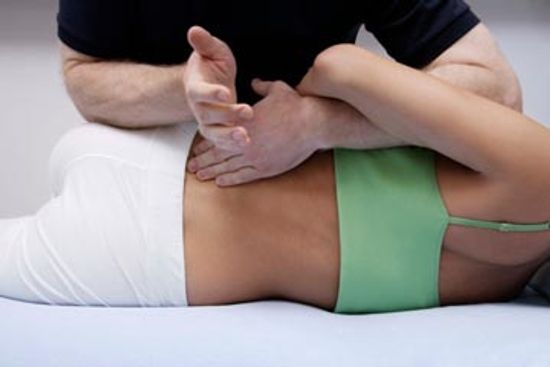
Can myofascial release benefit runners?
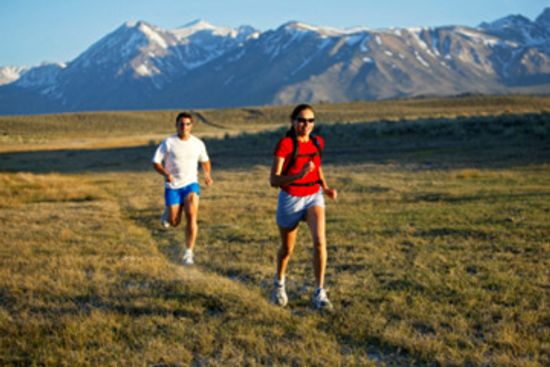
How High Altitude Triathlon Training Works
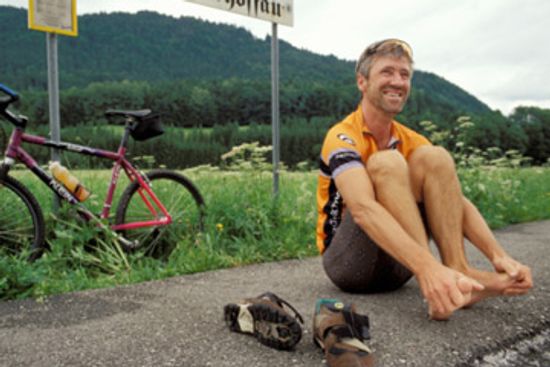
How Massage for Triathletes Works
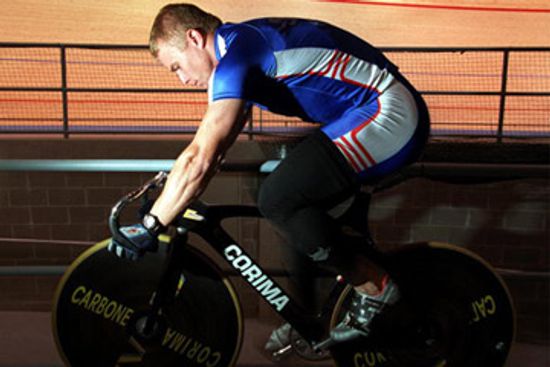
How Bicycle Rollers Work
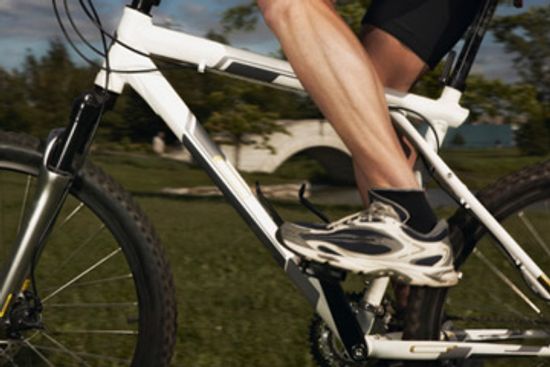
How Cycling Cadence Works
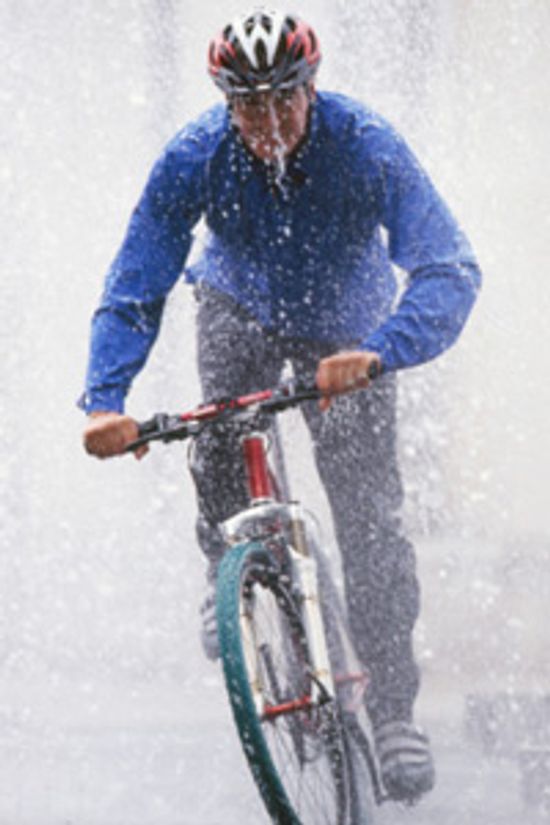
How Cycling in the Rain Works
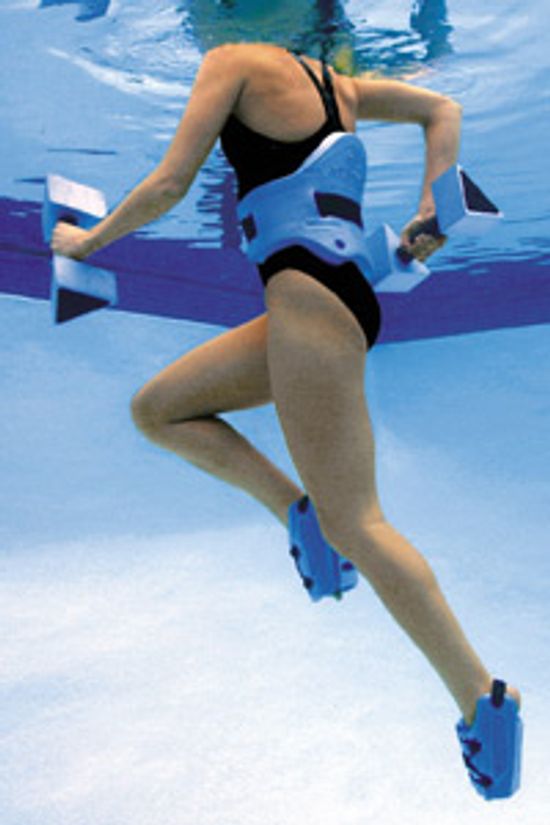
How Deep Water Running Works
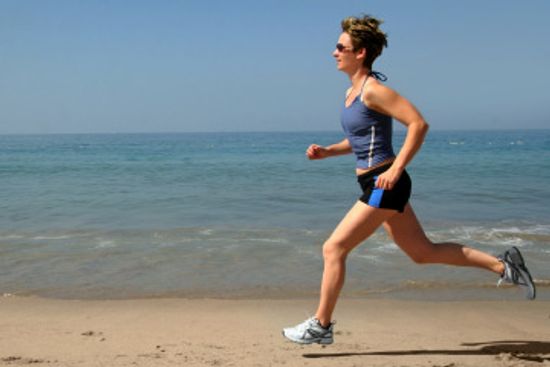
How Soft Surface Triathlon Run Training Works
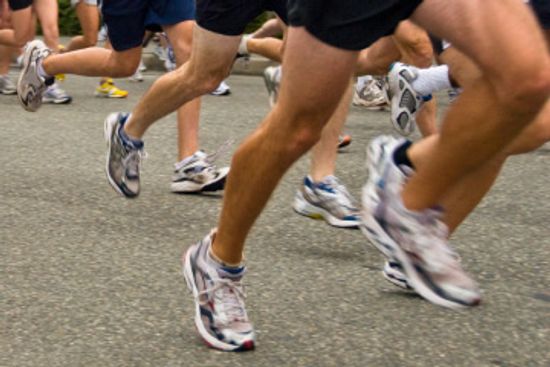
How Triathlon Run Training Works
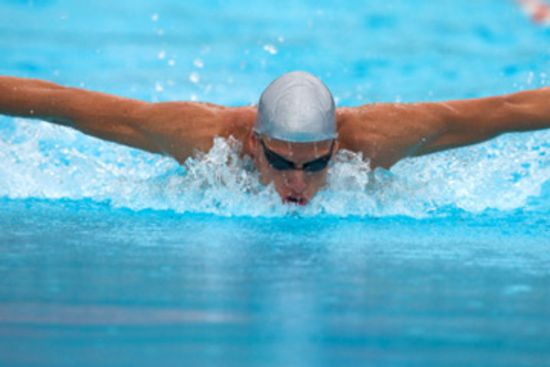
How Negative Split Swimming Works

How Open Water Swimming Works
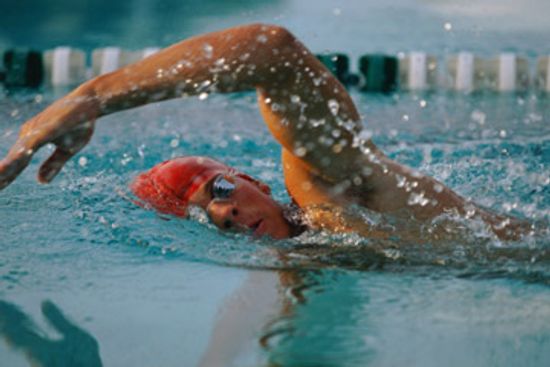
How to Breathe in Freestyle Swimming
Learn More
If pain has ever kept you sidelined, maybe you just need to roll with it. Whether your tension requires professional attention or one of those foam rollers you see at the store, getting the body's connective tissue to loosen up could be just what you need.
By Jennifer Sellers
Whether you're a professional athlete, recreational cyclist or kid on a bike, no one likes riding a bicycle in rain, snow or blistering heat. Stationary bikes don't help with training, so what can you do to keep your cycling skills sharp indoors?
By Jeff Harder
Cyclists know more than anyone the importance of efficiency. They strive to make their bike an extension of their own body -- and focusing on cadence, or the speed at which you pedal, is an important factor in performance.
By Jane McGrath
Advertisement
If you're an avid biker, chances are you're going to get caught in the rain a couple of times. Despite getting wet and muddy, some cyclists actually like the exhilaration of getting caught in the rain -- but the extra challenges involved call for even more caution.
By Cherise Threewitt
Being injured doesn't mean your fitness routine has to stop. Take your workout to the pool with deep water running. But how can running in water be better for you than the real thing?
By Jill Becker
Changing running styles is not something to be taken lightly. But if you're looking to reduce your risk of injury while emphasizing proper form, consider the benefits of the chi- and pose running techniques.
By Lance Looper
You know the expression "it's like riding a bike?" It means once you've learned how to do something, it's hard to ever forget. Unfortunately, the same goes for bad cycling habits. What's mashing, and why do training coaches frown upon it?
By Jane McGrath
Advertisement
Most athletes find that massage can help with their performance. Due to thorough, rigorous workouts and a great deal of mental stress, however, triathletes in particular benefit from a good session on the massage table.
By Jane McGrath
If you enter a swimming race, you probably want to give 100 percent the entire time, right? Some coaches don't think so. Negative split swimming involves finishing the second half of a race faster than the first.
By Jane McGrath
Humans have been swimming in lakes and oceans far longer than they've been swimming in pools, and there remains a certain primal attraction to open water swimming. A far cry from clean, orderly time trials -- open water swimming is a messy free-for-all of kicking feet and splashing arms.
By Tristin Hopper
Cyclists are only as good as their pedaling, so what's the best pedaling technique for both power and speed? And does the type of pedal you use really make that much difference?
By Brian Boone
Advertisement
In preparing for triathlons, people often go to great lengths to give themselves a competitive edge. While many tend to overlook aspects such as core body strength and flexibility, the smart triathlete will utilize Pilates to build a powerful core and balance the body.
By Colleen Cancio
If you're struggling to improve your running performance, you might want to think a little more about surfaces. Although it's easier to go fast on hard surfaces like concrete, soft surfaces actually give you a more vigorous workout.
By Jane McGrath
With all of the swimming, biking and running triathletes do in preparation for the big race, you'd think that that might be enough to get you to the finish line. But strength training is an important part of a triathlete's schedule, especially when endurance is such a big factor.
By Jill Jaracz
If the thought of taking a few extra minutes before and after your workout to help prevent injuries sounds like a stretch -- you're right. Though the experts don't agree on how much stretching really helps, there are some benefits.
By Caitlin Uttley
Advertisement
Freestyle swimming is not only good fun, it's also great exercise. But getting the breathing down can be tricky. Here's a how-to for all you budding Michael Phelpses out there.
By Jill Becker
A bad dive off the blocks during a swimming race can cost you valuable seconds. It may even cost you the race. But do you know the best way to dive into a shallow river or lake while running a triathlon?
By Patrick E. George
You've probably seen them on the road -- packs of cyclists speeding past as you sit in traffic. They're astonishingly close together, they're dressed in tight-fitting regalia, and they're usually accompanied by choruses of ringing bells.
By Tristin Hopper
While we're not all genetically predisposed for greatness on hill climbs, they are a fact of life for cyclists everywhere. So how can you improve your hill climbing skills? Do you need strength, agility or both?
By Jeff Harder
Advertisement
Huge, rippling muscles may look good at a bodybuilding competition, but they usually make for a poor endurance athlete. You can be strong, you can be fast -- but if you're lugging around just a few more pounds, it could make the difference between success and failure.
By Tristin Hopper
Practiced swimmers seem magically better than the rest of us at gliding through the water. Olympian swimmers seem almost to defy physics. What do great swimmers do differently from the rest of us?
By Nicholas Gerbis
Swimmers hold pull buoys between their legs while training to stop themselves from kicking. This strengthens the muscles in their upper bodies. But how do you get used to training with a pull buoy?
By Nathan Chandler
Kickboards aren't only for beginning swimmers -- they're for anyone in the water at any skill level. Even competitive athletes use them. In fact, a kickboard can be a valuable part of your water workout.
By Kristen Hall-Geisler
Advertisement
So you've decided to train for a triathlon. Sure, the swimming, cycling and running will be grueling, but are you set for the really hard part? The part that could end with you lost and searching for your stuff amid piles of gear?
By Craig Haggit
Just as different types of cars have different fuel needs, triathletes have different nutritional requirements from the rest of the population. How many protein bars, energy gels and calorie-heavy meals do triathletes need to pack into their training program?
By Julia Layton
